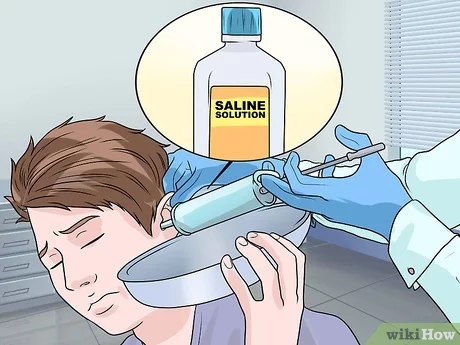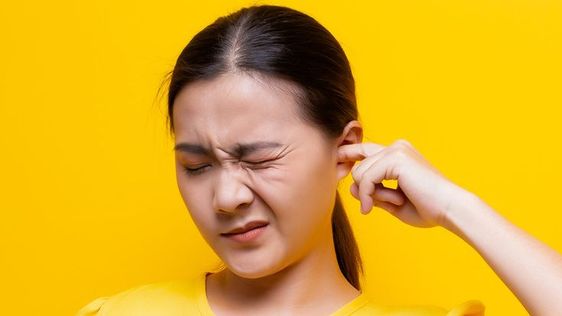How to Remove Ear Wax Plugs

Ear wax, also known as cerumen, is a naturally occurring substance that helps protect our ears from dust, debris, and bacteria. However, excessive build-up can lead to the formation of ear wax plugs, causing discomfort and even temporary hearing loss. In this article, we will discuss how to safely remove ear wax plugs and maintain your ear hygiene.
1. Soften the ear wax plug:
Using over-the-counter (OTC) ear drops can help to soften the impacted ear wax, making it easier to remove. Apply a few drops of a suitable ear wax softening solution into the affected ear while lying down with the plugged ear facing up. Allow it to work for 10-15 minutes before moving on to the next step.
2. Warm water irrigation:
Fill a bulb syringe with warm (not hot) water. Tilt your head to one side and gently pull your earlobe upward and backward to straighten the ear canal. Slowly squeeze the bulb syringe, directing the water into your ear canal. The pressure from the warm water helps dislodge and remove the softened wax plug.
3. Dry your ears carefully:
After successfully irrigating your ears, dry them using a soft cloth or towel. Gently dab around the outer part of your ear canal without inserting anything into it.
4. Avoid using cotton swabs or other objects:
Though it may be tempting to use cotton swabs or other objects in an attempt to remove ear wax plugs, this can push the wax deeper into your ear canal and potentially cause damage or infection.
5. Consult an audiologist or a healthcare professional:
If you’re experiencing extreme discomfort and are unable to remove the impacted ear wax yourself safely or if you’re unsure about how to proceed, seek advice from an audiologist or healthcare professional who specializes in ear care.
Preventive Tips:
Practicing regular ear hygiene is crucial to preventing the recurrence of ear wax plugs. Here are a few preventive measures:
1. Keep your ears clean without over-cleaning: Clean the outer part of your ear with a damp cloth, but avoid inserting anything into your ear canal.
2. Keep your ears dry: Excess moisture can lead to infection and increase the likelihood of ear wax build-up. Dry your ears thoroughly after swimming, bathing, or exposure to water.
3. Avoid using earplugs or in-ear headphones excessively: These devices can push wax deeper into your ear canal and contribute to impaction.
4. Get regular check-ups: Regular check-ups with a healthcare professional can help detect any early signs of excessive ear wax build-up.
If you’re experiencing frequent episodes of impacted ear wax or are concerned about your ear health, make an appointment with an audiologist or primary care provider for proper evaluation and treatment options.
In summary, removing ear wax plugs quickly and safely entails using a gentle softening agent, warm water irrigation, and drying the area carefully afterward. To ensure the health of your ears, it’s essential to practice good hygiene while also avoiding over-cleaning and seeking professional advice as needed.






